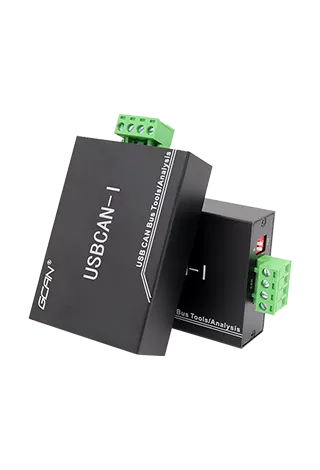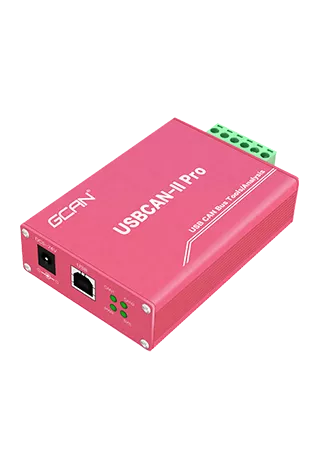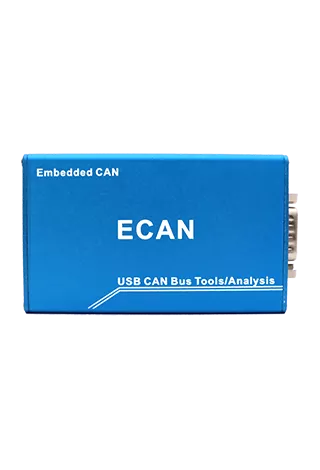Novices may encounter some common problems when using USB to CAN. The following is a clear summary of some common problems and their solutions:
1. Driver installation problem
Problem description:
The driver of the CAN analyzer is not installed correctly, resulting in the inability of the device to communicate with the computer normally.
Solution:
Check whether the driver file corresponds to different interface series and operating systems.
Install according to the correct driver file provided by the enterprise.
2. USB interface connection problem
Problem description:
The USB interface connection is unstable, resulting in interrupted or unstable data transmission.
Solution:
Replug and plug the USB port.
Check whether the USB status light is on to ensure a stable connection.


3. Wrong device model selection
Problem description:
The wrong CAN analyzer model was selected when opening the device list, resulting in the software being unable to correctly identify the device.
Solution:
Select the correct corresponding model in the device list according to the specific product model.
4. Software failed to open the device
Problem description:
The software cannot open the device or cannot identify the device.
Solution:
Confirm that the driver has been installed correctly.
Check whether the device model selection is correct.
Check if the CAN port is occupied by other programs. If so, close other programs.
5. Data receiving problem
Problem description:
The device is turned on but the host computer software has no data.
Solution:
Check whether the baud rate selected when turning on the device is correct.
Check whether the terminal resistor is turned on (under high baud rate communication).
Check whether the wiring is correct. The CAN line consists of two wires, H and L, which need to be connected correctly.
6. Serial port opening failed
Problem description:
Failed when trying to open the serial port.
Solution:
Check whether the device is correctly inserted into the USB interface of the computer.
Reinstall the driver.
Check whether there are other programs currently using the serial port and close the relevant programs.
Confirm whether the current user has the authority to access the serial port device. If not, join the serial port access user group or run the relevant program as an administrator.
Confirm whether the interface baud rate between the device and the computer is consistent, and make corresponding settings.


7. Slow data transmission speed
Problem description:
The USB to CAN module sends and receives data slowly.
Possible reasons:
Hardware problems, such as equipment quality problems, damaged CAN transceiver modules, components on the circuit board, etc.
Software problems, such as incorrect driver installation or outdated version, software configuration error, etc.
Environmental problems, such as electromagnetic interference, power supply problems, etc.
Usage problems, such as random placement of the device, incorrect connection method, etc.
Solution:
Check and update the driver of the USB to CAN module to the latest version.
Reconfigure the parameter settings of the USB to CAN module to ensure that all parameters are set correctly.
Check the working environment of the device to ensure there is no electromagnetic interference and stable power supply.
Pay attention to the use and storage method of the device to avoid collision and falling.
If you need a USB to CAN analyzer, please feel free to contact us 008613644001762/info@gcanbus.com
